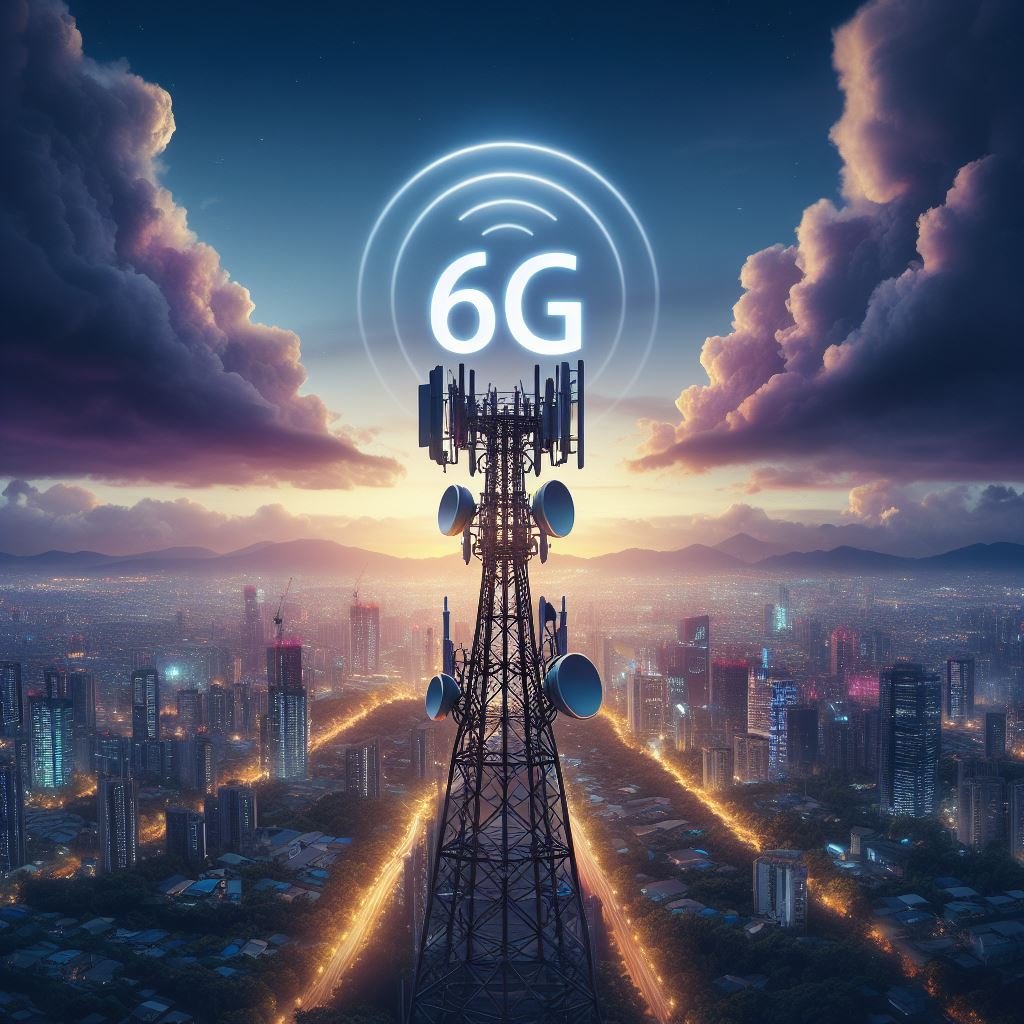A Japanese consortium has introduced the world’s first prototype device for high-speed 6G. This groundbreaking device has the capability to transmit data at an impressive rate of 100 gigabits per second (Gbps), covering a distance of over 300 feet.
This represents a remarkable 20-fold improvement compared to the current 5G technology. According to GizmoChina, the successful development of this prototype device was made possible through the collaborative efforts of Japan’s leading telecom companies, namely DOCOMO, NTT Corporation, NEC Corporation, and Fujitsu.
On April 11th, the consortium announced the test results, revealing that the prototype device can achieve speeds of 100 Gbps indoors using the 100 gigahertz (GHz) band, as well as outdoors using the 300 GHz band.
The consortium representatives have confirmed that these tests were carried out over a distance of 328 feet (100 meters).
Although the speeds achieved are undeniably impressive, it is important not to set your expectations too high just yet. It should be noted that 6G was tested on a single device and is not yet a commercially viable network.
Furthermore, this network technology has its own drawbacks. Currently, 5G is considered the gold standard in connectivity with a theoretical maximum speed of 10 Gbps. However, real-world speeds for T-Mobile users in the US typically average around 200 megabits per second (Mbps).
Japanese consortium develops world's premier 6G wireless device, achieving speeds up to 100 Gbps, surpassing 5G by 20 times, with a range of over 300 feet.#Japan #6G #Technology #Telecommunication #5G #Innovation #TechNews pic.twitter.com/sTGKTkau7o
— OwnPetz (@OwnPetz) May 6, 2024
One of the factors contributing to the slow speeds is the utilization of higher frequency bands in 5G networks. Although higher frequencies can result in faster speeds, they also have certain disadvantages. These include limitations in signal distance coverage and a decrease in penetration strength.
Also read: Wicknell’s Car Donations Rattle Zanu PF Bigwigs
6G goes beyond this and utilizes frequency bands that are even higher than those used by 5G.
Consequently, it would pose a challenge for 6G devices to access the required frequencies for achieving faster download speeds.
For comments, Feedback and Opinions do get in touch with our editor on WhatsApp: +27 82 836 5828

For comments, Feedback and Opinions do get in touch with our editor on WhatsApp: +44 7949 297606.










































